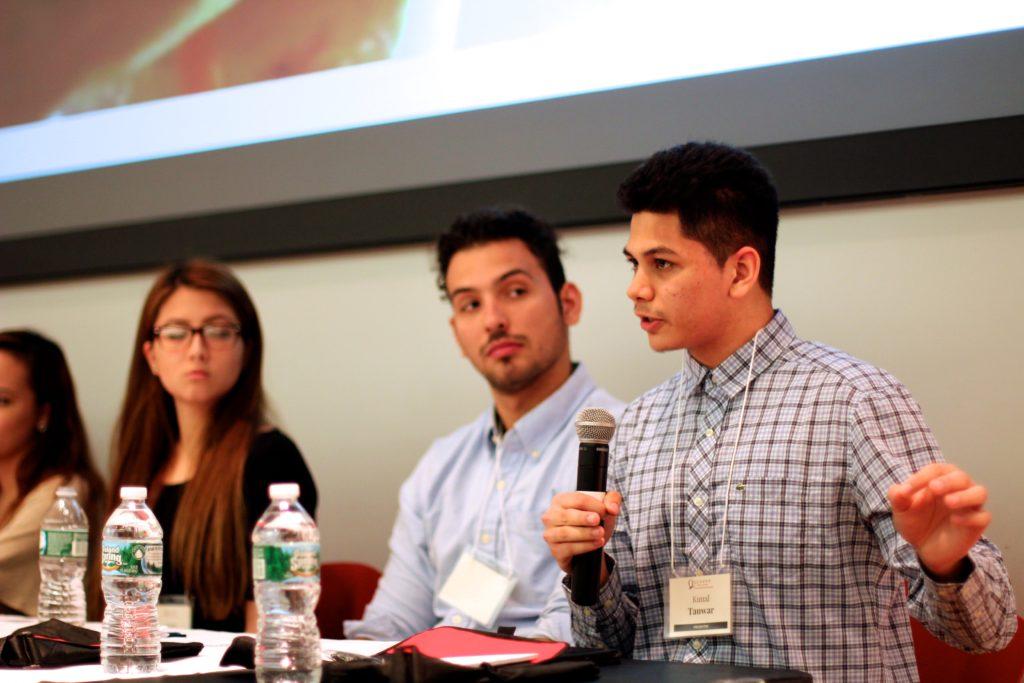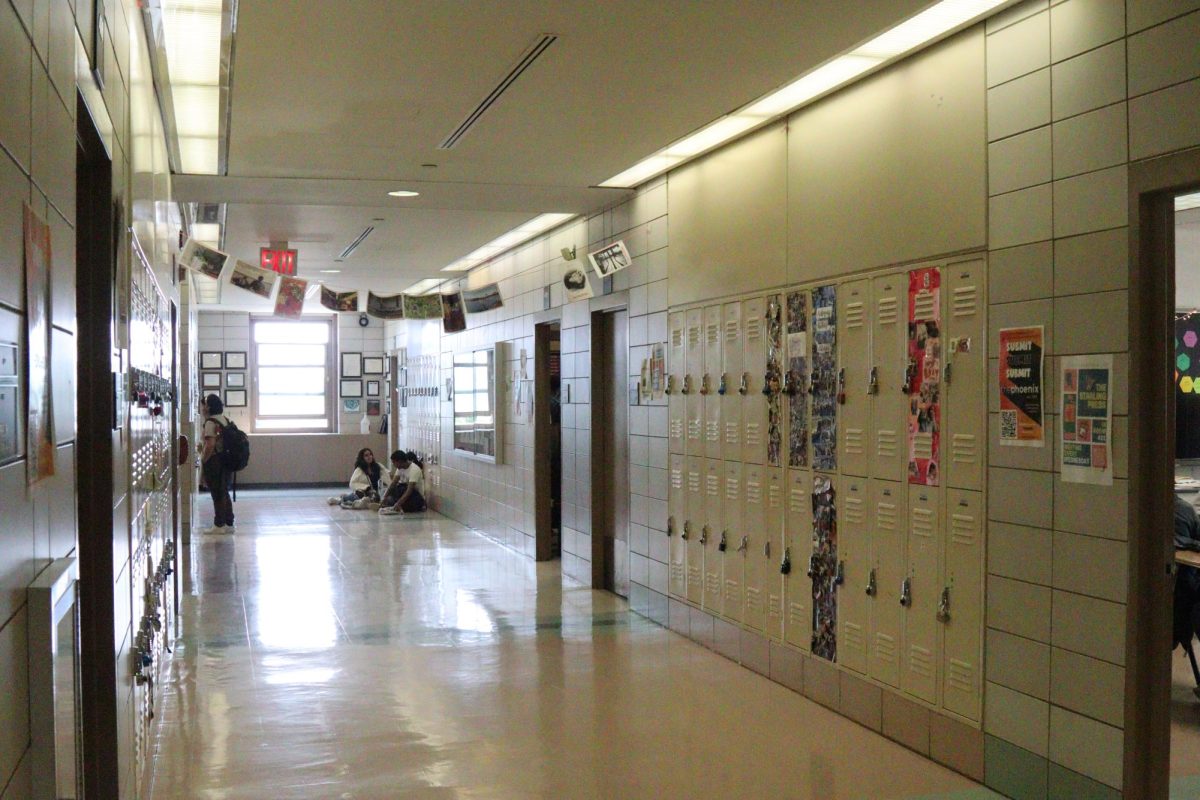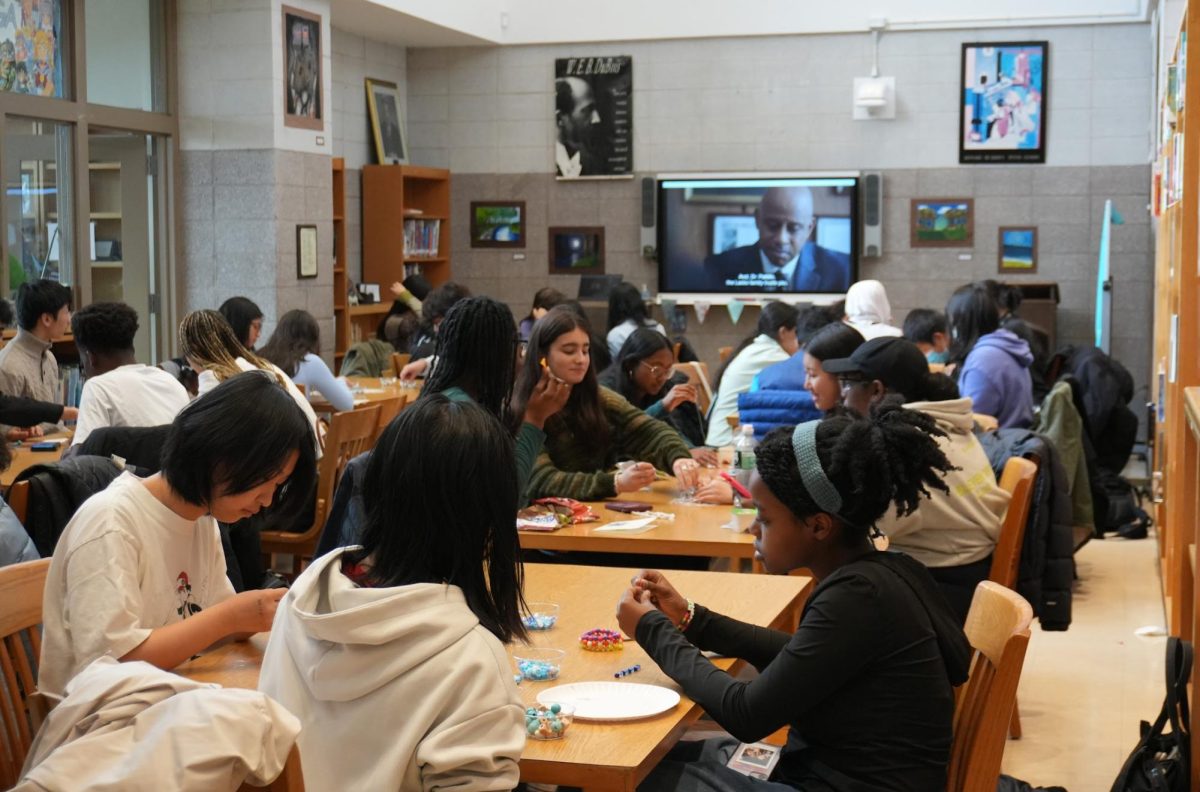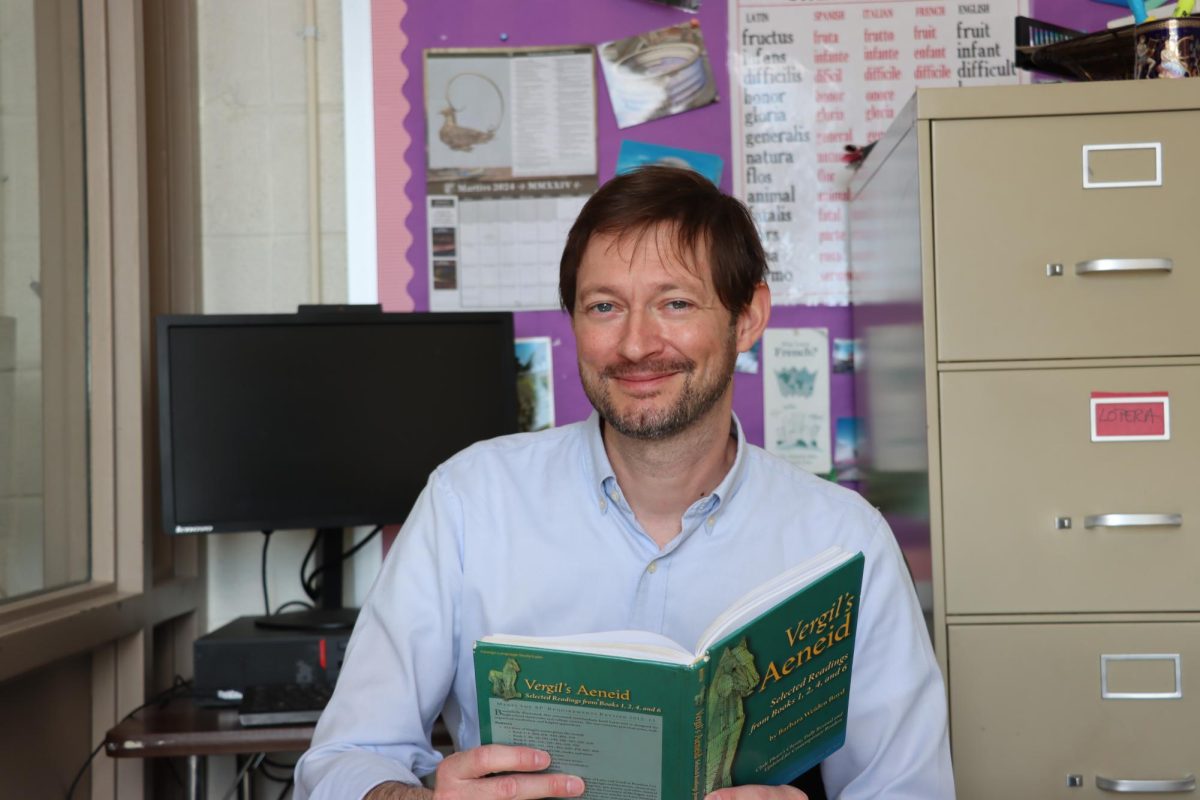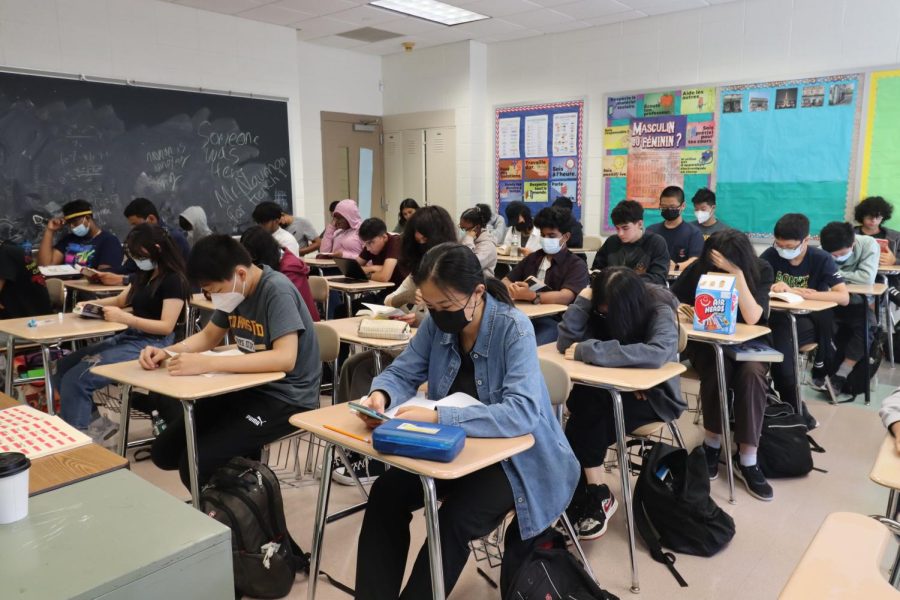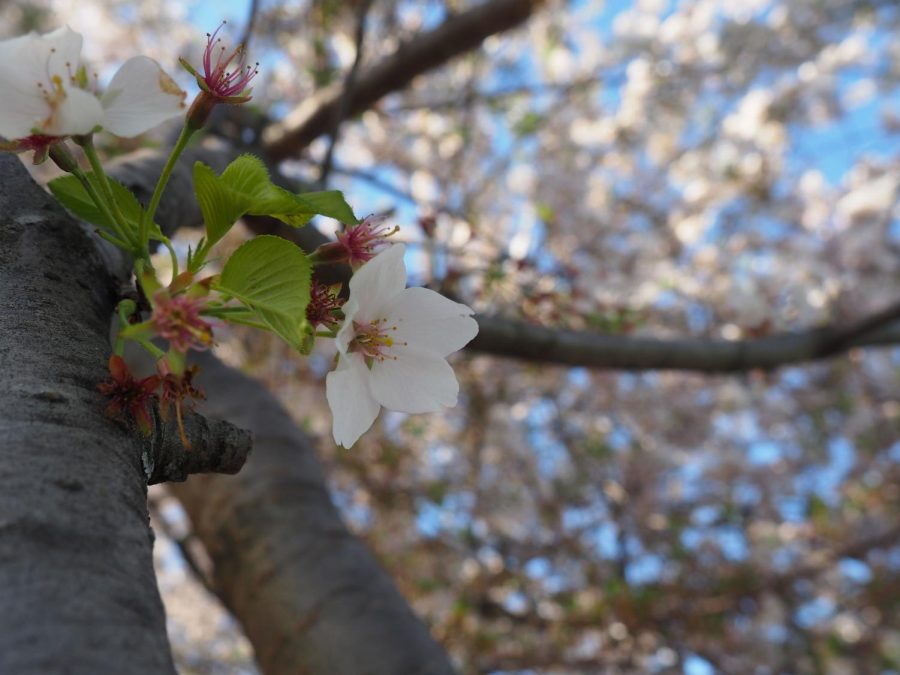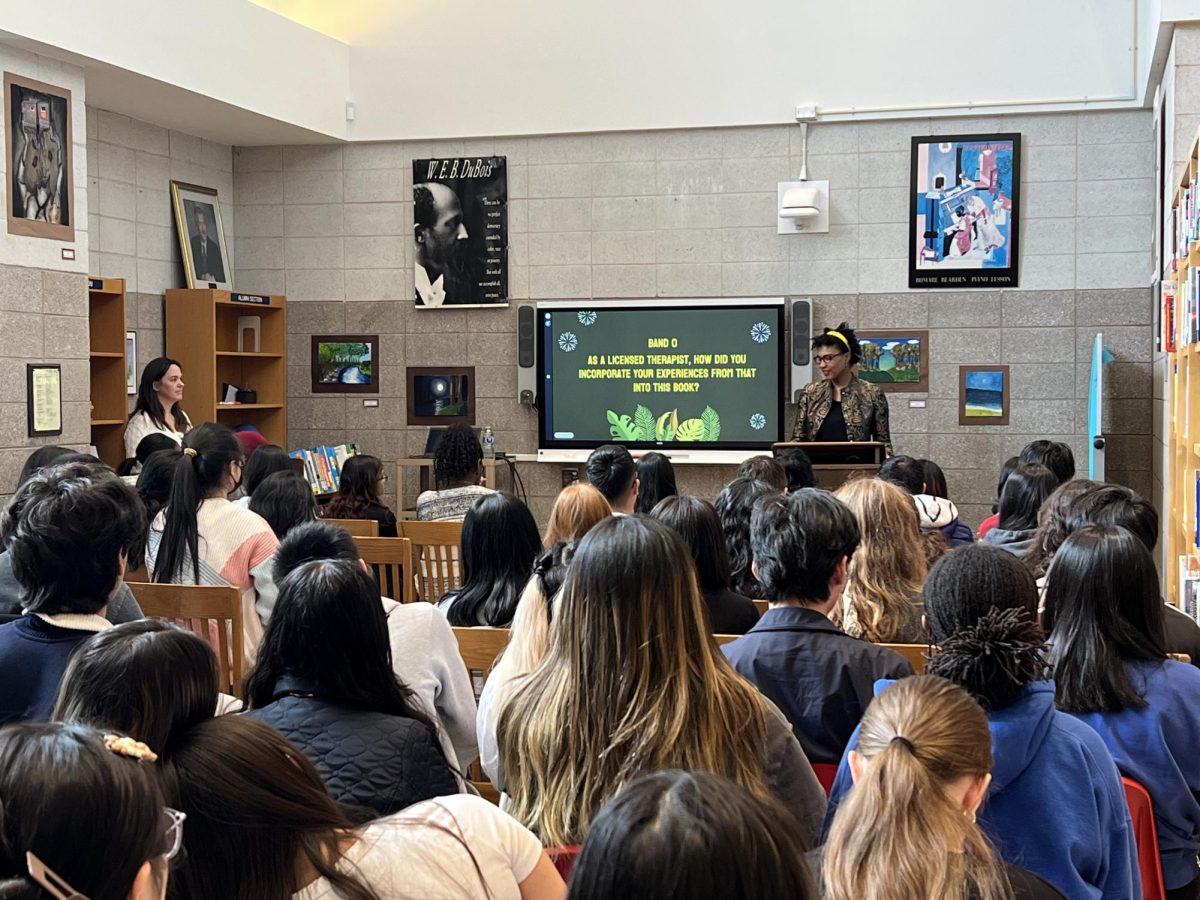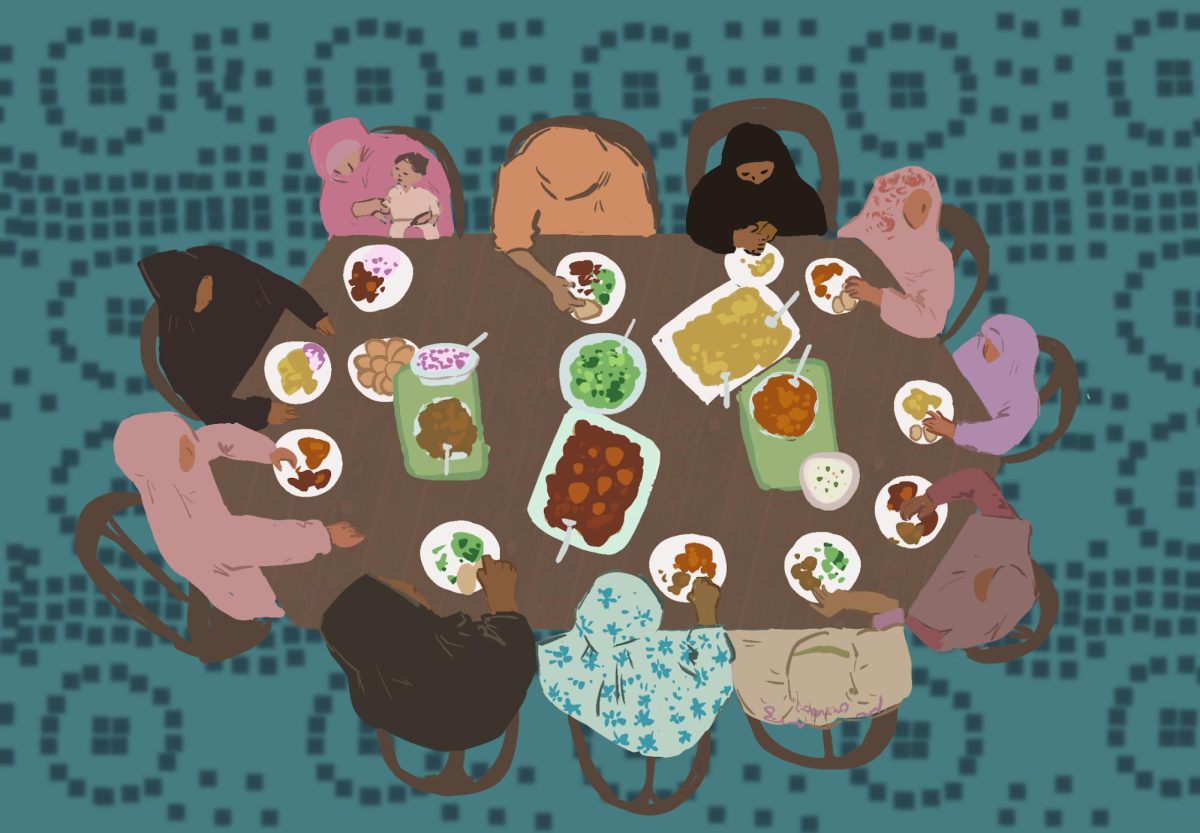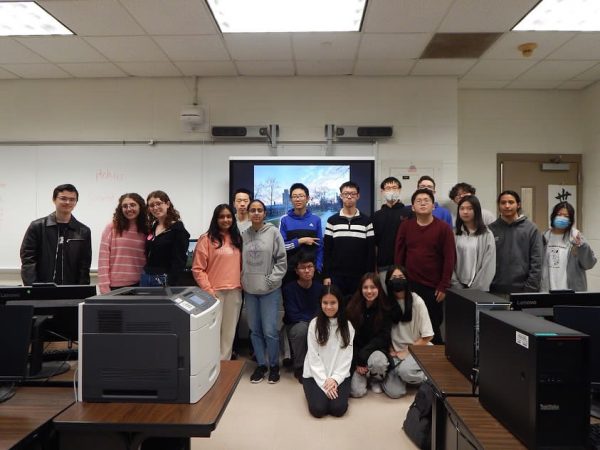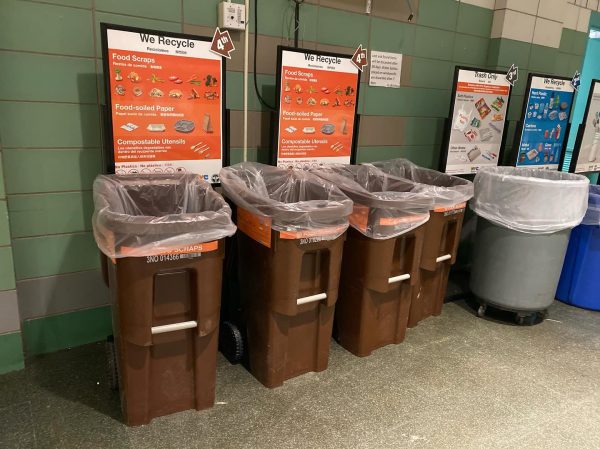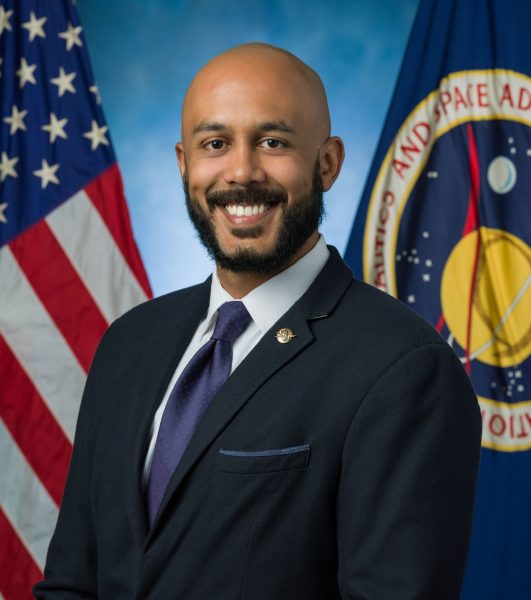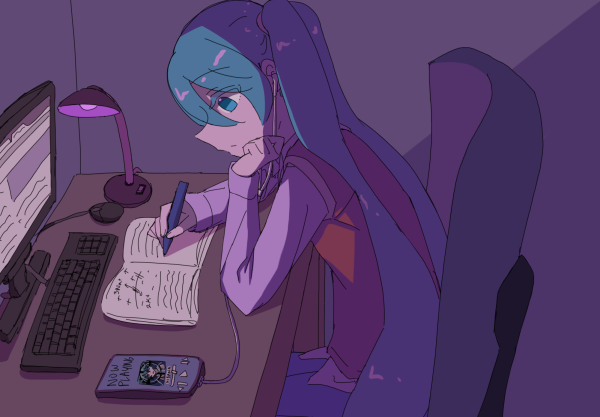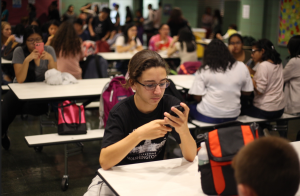Science Research Spotlight: Rishima Pokharel studies pancreatic cancer modeling at NYU Tandon
Senior Rishima Pokharel uses the new lab-on-a-chip device in her research at NYU Tandon to study pancreatic cancer and screen for treatments.

A lab-on-a-chip is a device growing increasingly popular in the research field, allowing scientists to perform various laboratory tests on a single circuit. These microchips are only about a few square centimeters at their largest, and they handle small volumes of fluid to run lab tests. But did you know they can also be used to study and treat cancer? The similar body-on-a-chip system allows organ physiology and stimuli response to be simulated in a chip. This helps scientists gain an understanding of underlying tissue function mechanisms, which can be applied to the study of cancer.
Senior Rishima Pokharel, in her science research project, researched pancreatic cancer modeling using microengineering biosystems at the NYU Tandon School of Engineering, Micro-Bioengineering Lab. Focusing on the most common type of pancreatic cancer, she discusses the importance of immunotherapy and pancreatic cancer-on-a-chip systems, which can mimic the tumor itself and possibly personalize medicine and immunotherapy for many.
Pancreatic cancer is a disease in which tumor growth occurs in the pancreas, located behind the stomach. It often goes unnoticed, and as a result it doesn’t receive medical attention until its later stages. In only about ten percent of people, pancreatic cancer is detected early and the person lives a life without the disease post treatment. The life expectancy is most commonly three to four years and in rare cases, five. The most common form of pancreatic cancer is pancreatic ductal adenocarcinoma (PDAC), which affects 90% of patients diagnosed with pancreatic cancer.
Rishima’s work focused on constructing microfluidic devices, a tool which utilizes extremely small amounts of fluid to perform lab experiments. She says that by using these microfluidic devices, made specifically for personalized pancreatic cancer-on-a-chip systems, she was “able to study the changing morphology, growth, and organism reactions in creating the most effective model to screen for treatments.” She studied their growth through immunostaining, the process of using antibodies to identify proteins in a sample.
Rishima found success in her pancreatic cancer-on-a-chip system and explains how it provides an “alternate and better pathway to modeling human disease to finding effective treatments.” Through “personalized screening and treatment,” she was able to explore the “best way to tackle each individual PDAC case.”
Rishima had always been interested in biomedical engineering and cancer research. She described the project as the perfect one for her. Not only was this an interesting topic, she also understands the significance of cancer research, especially with ones like PDAC where it’s not only hard to detect but also hard to cure. The survival rate for this type of cancer is low and most treatment is ineffective in stopping the disease. “Current treatment options, like surgery, are not helpful once the cancer has metastasized,” Rishima says. “Chemotherapy and radiation are considered last ditch efforts, as they don’t provide a cure but rather simply slow tumor growth.”
Although having significant interest in the topic of her research, she did face challenges.
“My data was not necessarily statistical, but rather visuals from the growth of the cells in the devices. Interpreting this data was thus a challenge, as there’s no set formula in analyzing the resulting growth and interactions of the cells,” Rishima said. Human and instrumental errors, as well as environmental factors, also may have impacted the outcome of her experiments.
Through her research and experimenting however, there was a lot she learned. “Technical lab skills, from simply cleaning to using micropipettes will of course help me in future research.” But she also says that patience is a big aspect of research in itself, and the experience she had helped test her own. According to fellow senior science research student Arietta Xylas, “Rishima is one of the most intelligent people that I’ve met and to see her put such a complex topic into a coherent and understandable manner in her presentations was really amazing. I think her research can go really far in the future.”
Rishima joined the Terra NYC STEM fair competition with her project, but despite not being awarded, she plans on continuing to look into immunotherapeutic options for cancers in college. She’ll be able to continue her research in a place where she “can work in professional laboratories and continue experimenting with genetic and cellular engineering.”
Junior Amy Jiang acknowledges the impact Rishima has even now on current researchers: “Rishima’s project was nuanced and well planned, from her presentations to the actual research. Her work was really inspiring, especially coming from a high schooler, and it shows me that I can do research that is as in-depth and developed.”
Your donation will support the student journalists of The Classic. Your contribution will allow us to purchase equipment, support our extracurricular events, celebrate our staff, print the paper periodically, and cover our annual website hosting costs.


